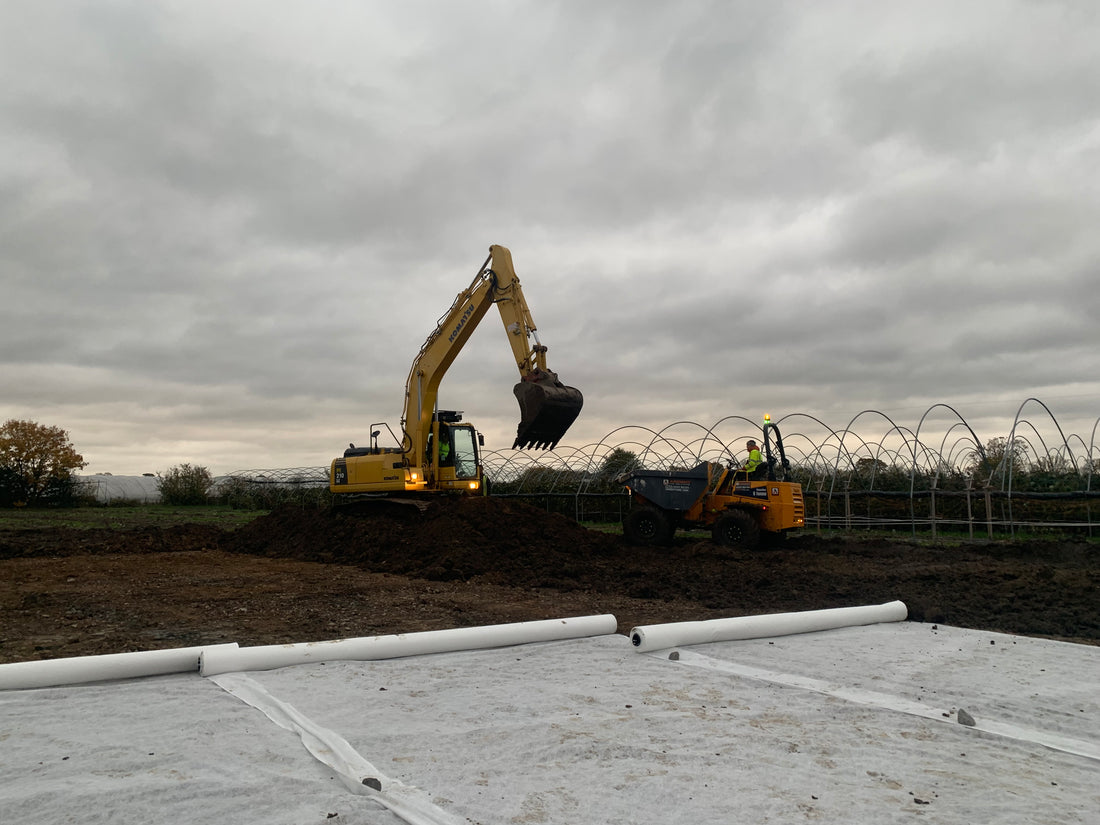Geotextiles fabrics make a huge difference to modern construction, commonly used for erosion control, soil stability and improving drainage and filtration. They play a vital role in keeping the soil compacted and assisting with waterflow through and down into soil. Ensuring you choose the right geotextile fabric for your project means understanding the difference between the two of them - especially if they are woven or non-woven.
Woven geotextiles
Woven geotextile fabric is made by weaving polypropylene tapes together into sizeable sheets. Characteristics include corrosion resistance and long-term durability. Using the crisscross pattern makes the fabric super strong meaning woven geotextiles offer higher load capacities, making them ideal for heavy duty applications such as road construction, parking areas, patios and paths. Although weaving together threads creates a not so porous surface meaning woven textiles are a poor fit for drainage projects.
Non-woven geotextiles
Non-woven geotextiles are produced by bonding instead of weaving materials together. This is done by the use of chemicals or heat or through other methods like needle-punching. These non-woven fabrics are made out of synthetic materials and are widely used in separation and filtering applications. The fabric is easier to cut, has a high water permeability and does not lose strength overtime, like woven fabric does when used below ground. It’s ideal for use beneath driveways and roads and in land and stormwater drainage systems.
Woven or non-woven?
Overall where pooling and standing water is an issue, non-woven geotextiles offer a better solution due to its superior drainage and filtration qualities. Although they also offer great durability and strength making them ideal for a number of applications. Whereas woven geotextiles provide a cost effective solution for the separation of granular fill materials and the provision of sub structure support. The most common application for this is as a separating layer beneath roads, preventing rutting through separation and proving tensile support.
How can we help?
Here at Cotterill Civils we supply both woven and non-woven geotextiles. Our experts can advise you on what's best to suit your application so give us a call on 0121 351 3230 or visit our website today!
Alternatively, fill out our enquiry form:




